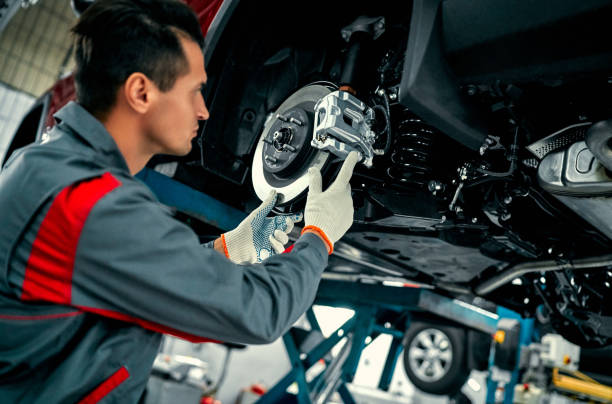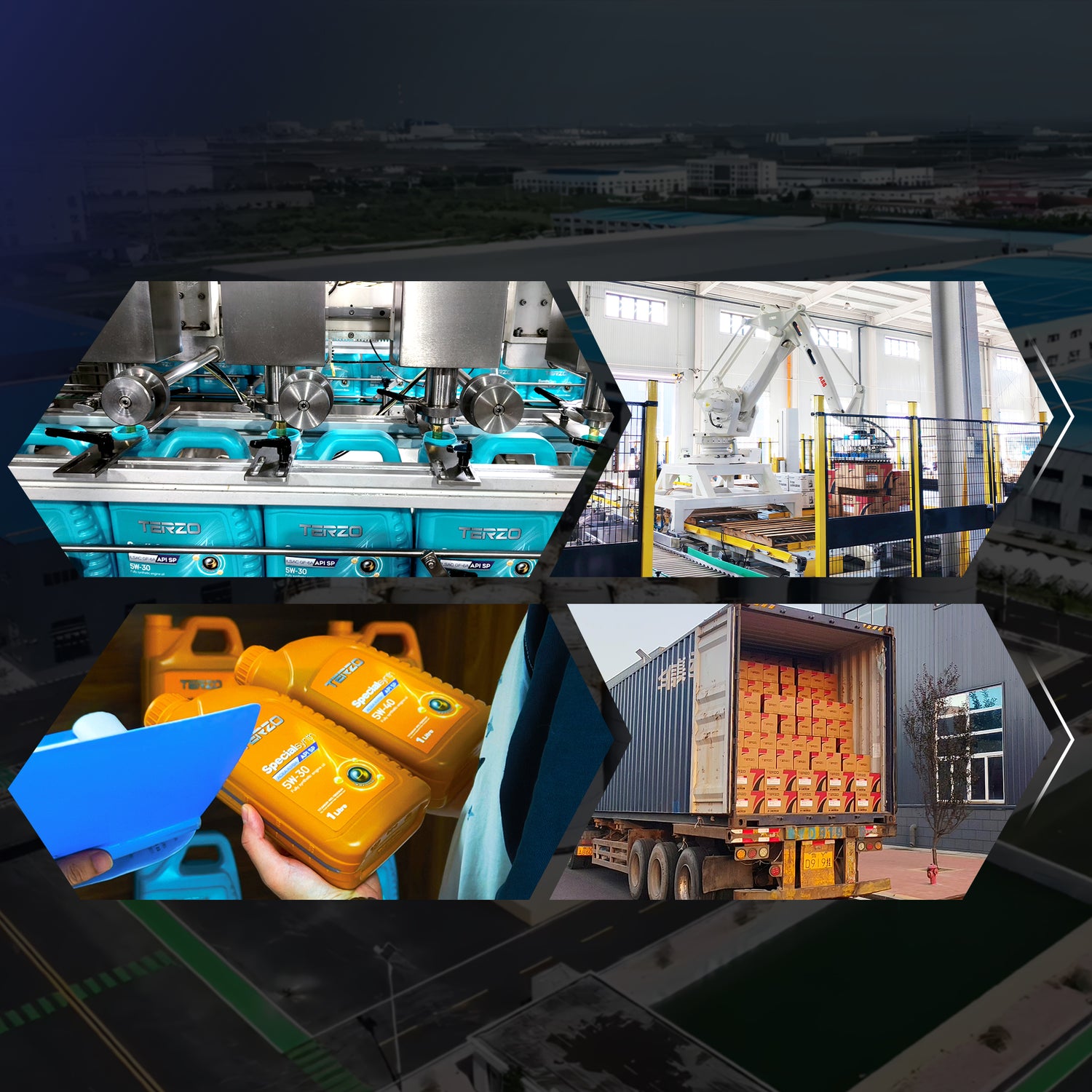
Brake Fluid Flush Costs: Save Money & Stay Safe
1. Brake Fluid Exchange Cost: What’s Really Driving the Price Tag?

Let’s cut through the noise: a brake fluid flush isn’t just about pouring new liquid into your brakes. It’s about removing every drop of old, moisture-laced fluid that’s been creeping into your system like an uninvited guest. But why does this matter for your wallet?
Key Cost Factors:
Labor Complexity: Luxury rides or trucks with dual-circuit systems? Prepare to pay 20-30% more for mechanics who need to navigate tighter spaces and advanced hydraulics.
Fluid Type: DOT 3 might cost 7/qt. Pro tip: Stick to your manual’s recommendation—upgrading to DOT 5.1 (silicone-based) is like putting jet fuel in a lawnmower unless you drive a race car.
Hidden Fees: Some shops tack on “disposal fees” (20) or “system inspections” ($50+). Always ask upfront!
Real Talk: A standard flush runs 130, but a luxury SUV could hit $200+. Compare quotes—some indie shops offer discounts if you bundle with tire rotations..
2. Signs Your Brake Fluid Needs an Emergency Exit
Your brakes aren’t just making weird noises—they’re screaming for help.
Top Red Flags:
Spongy Pedal: That “mushy” feel when you press the brake? It’s moisture in the lines causing air pockets. Imagine trying to stop a semi-truck with a water balloon—not ideal
Dark Fluid: Fresh brake fluid is golden amber. If it’s black or sludgy, contaminants are eating your seals alive.
Warning Lights: Your dashboard isn’t trolling you. A lit ABS or brake light means the system’s compromised.
Why Ignore It? Corroded brake lines cost $300+ to replace. Fix the fluid now, save thousands later..
3. Brake Fluid Flush Costs vs. Consequences: The Cost of Inaction
Skipping a flush is like skipping dental checkups—minor issues blow up into emergencies.
Hidden Risks:
Corrosion: Moisture rusts metal parts, leading to leaks. A master cylinder replacement? That’s 1,200.
Brake Fade: Old fluid boils under heat, creating vapor bubbles. Your brakes lose pressure mid-descent, turning your SUV into a runaway toboggan.
Wasted Repairs: Fixing one leaking caliper? Easy. Replacing a warped rotor due to neglected fluid? Double the bill.
Pro Tip: Track your mileage. Every 45,000 miles or 2 years, it’s flush time—even if the pedal feels fine.
4. Brake Fluid Flush vs. Bleed
Confused between a flush and a bleed? Here’s the tea:
Brake Bleed: Removes trapped air (spongy pedal fix). Quick, ~$50. Like unclogging a straw.
Brake Fluid Flush: Replaces all old fluid. Slower, ~$100+. Like replacing the entire straw.
When to Choose What:
Bleed: After hard driving or mountain roads.
Flush: Every 2 years, regardless of symptoms. Prevention is key.


